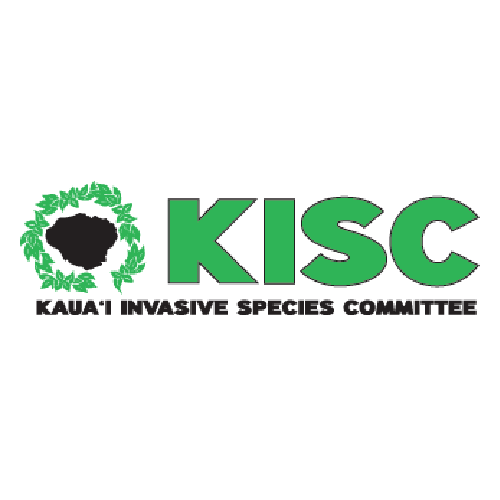Family: Poaceae
An annual to short lived perennial grass regarded as valuable forage and useful for erosion control in its native range of South Africa, Mozambique, Tanzania, Uganda, Sudan, India, and Yemen. Introduced to and naturalized in Arizona, this pioneer species spreads by wind-dispersed seeds and establishes in disturbed habitats. There is concern that it could impact thornscrub and semi-desert grassland and may also invade xeric riparian situations. A population of this grass was confirmed to be established on Oahu in early 2023.
High Risk Traits:
- Broad latitudinal range, suggesting environmental versatility.
- Thrives and capable of spreading in regions with tropical climates.
- Naturalized on Oahu (Hawaiian Islands), Arizona, Spain, Brazil and possibly elsewhere.
- A disturbance adapted grass that could invade and potentially impact native ecosystems.
- Other Enneapogon species are invasive weeds.
- Tolerates many soil types.
- Reported to form dense stands.
- Reproduces by wind-dispersed seeds.
- An annual grass, capable of reaching maturity in one growing season.
- In addition to wind, seeds dispersed through intentional cultivation, along waterways, and possibly as a pasture or seed contaminant.
Low Risk Traits:
- Unarmed (no spines, thorns, or burrs)
- Valued as a forage grass.
- Non-toxic
- Grows best in high light environments (dense shade may inhibit spread)




